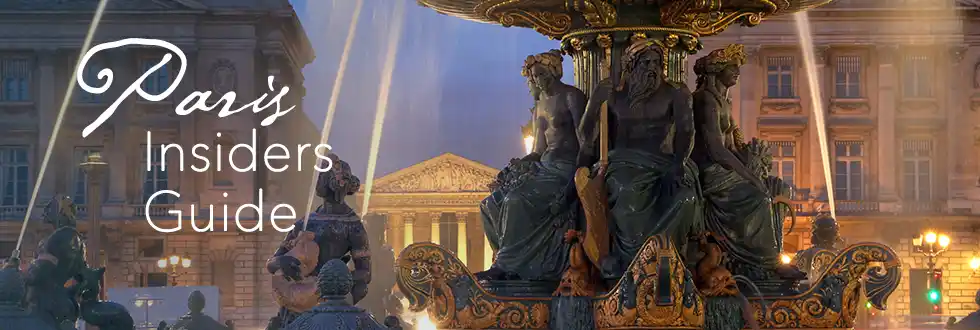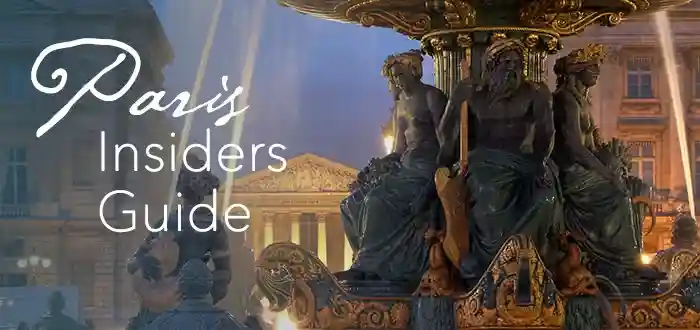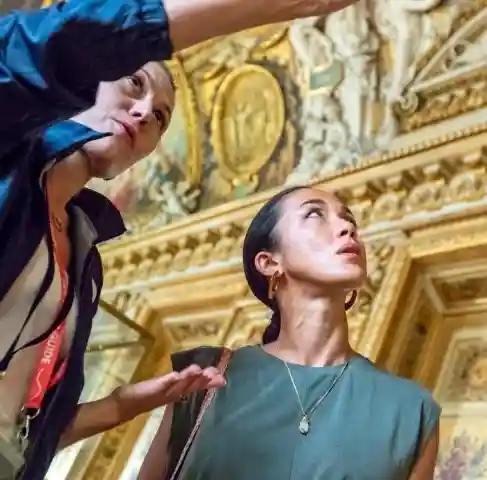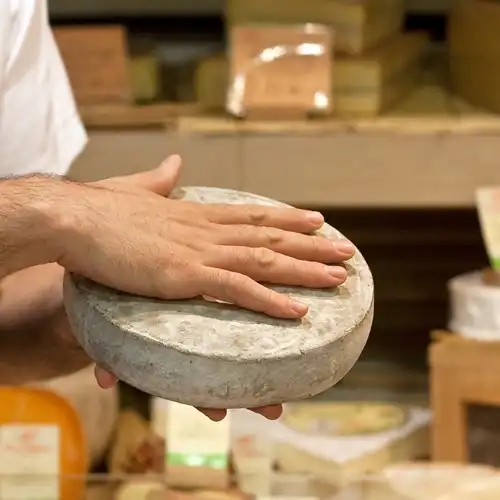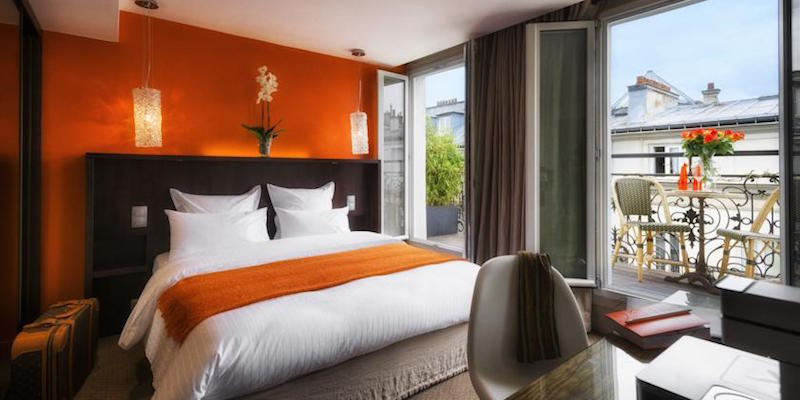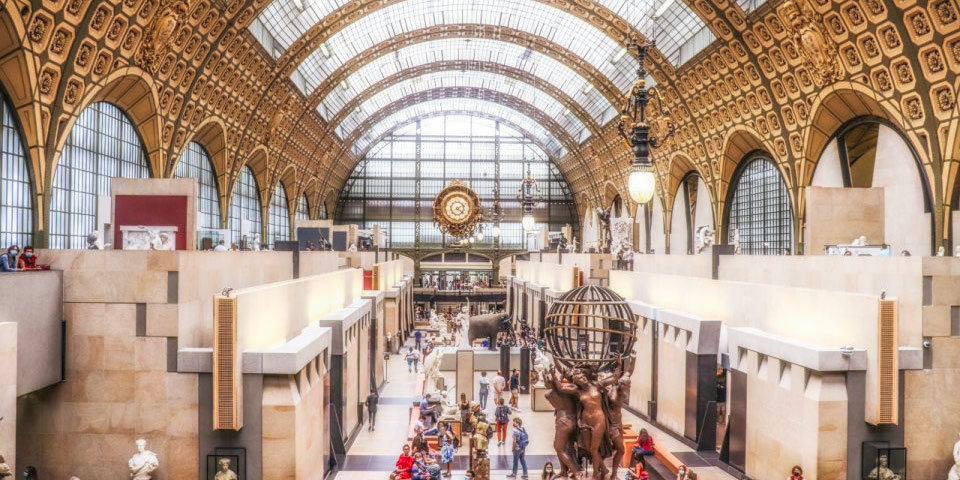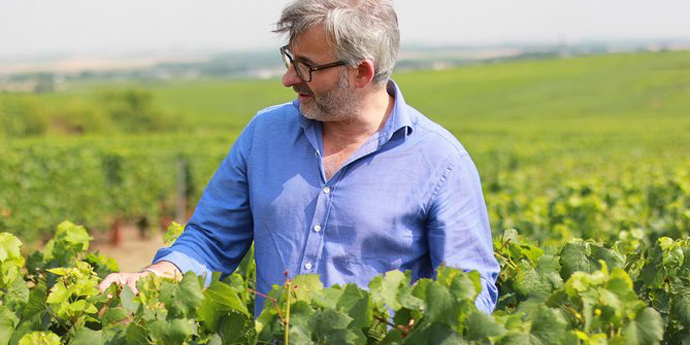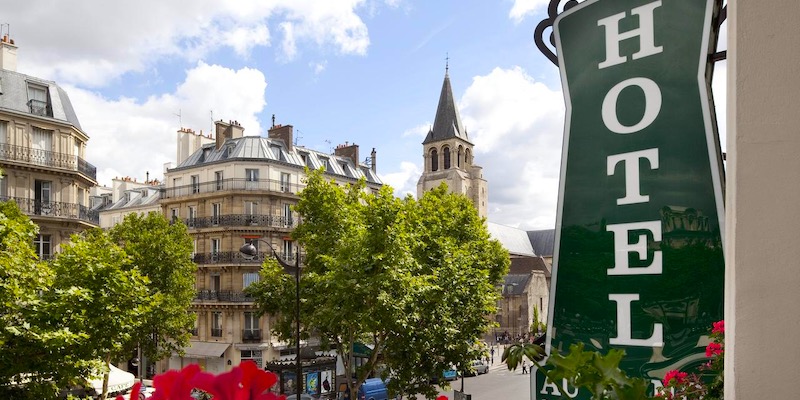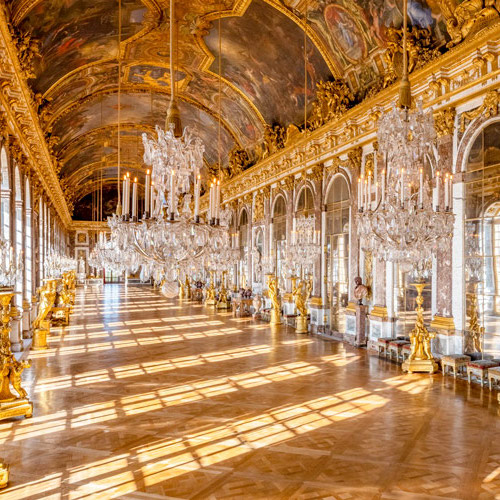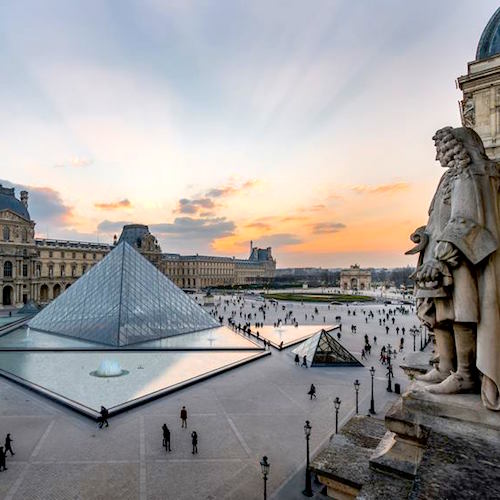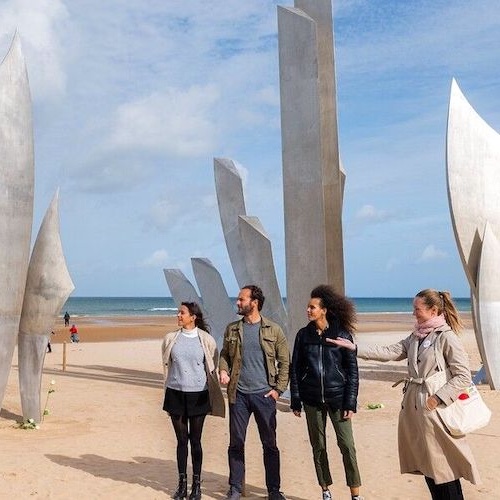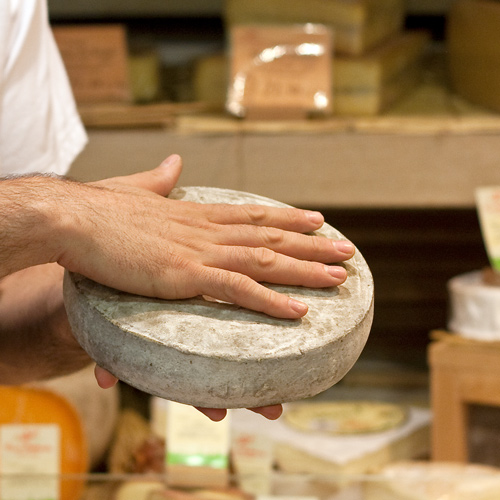Paris Plazas And Squares – Six Grand Spots To Slow Down
Paris plazas and squares do a lot of heavy lifting in this busy, beautiful city. In a place as densely packed as Paris — twice the population density of London, mind you — these open-air pauses offer fresh air, calm, and sometimes, a surprisingly good sandwich spot. (Insiders tip: anything with jambon usually works.)
The French word for plaza or square is "place," pronounced something like "plaas". These places (the plural is also pronounced "plaas" go figure), large and small, aren't just gaps in the urban sprawl — they're where Paris breathes. Here are a half dozen of the most beautiful Paris plazas and squares, public spaces that keep this city balanced and downright livable.
![]()
Discover What's On When You're Here...
• January... |
• February... |
• March... |
• April... |
• May... |
• June... |
• July... |
• August... |
• September... |
• October... |
• November... |
• December... |
Discover What's On When You're Here
• January...
|
• February... |
• March... |
|---|---|---|
• April... |
• May... |
• June... |
• July... |
• August... |
• September... |
• October... |
• November... |
• December... |
Place Dauphine, Île de la Cité
 Place Dauphine on Île de la Cité, photo by Mark Craft
Place Dauphine on Île de la Cité, photo by Mark Craft
Hidden away near the western tip of Île de la Cité, Place Dauphine is a leafy, triangular surprise. It's one of those public squares in Paris that makes you want to sit, sip, and never leave. Created in 1609 during the reign of Henry IV, it began life as three muddy islands before being transformed into a royal beautification project.
It was originally laid out as an elongated triangle — wider at the eastern base and tapering to a point at the western tip near the statue of Henri IV — with buildings on all three sides. But in the 19th century, Baron Haussmann demolished the buildings at the eastern end to make room for the expanding Palais de Justice. Today, even with a side missing, Place Dauphine keeps its charm — a leafy, gravelly pocket of calm, framed by elegant facades and the occasional boules game.
These days, Place Dauphine is a calm patch of charm, with tables from nearby cafes spilling onto the square. It's also a fine place to watch the art of doing nothing — a highly developed Parisian skill.
Skip the Paris Lines
Skip the Paris Lines
Place des Vosges, The Marais
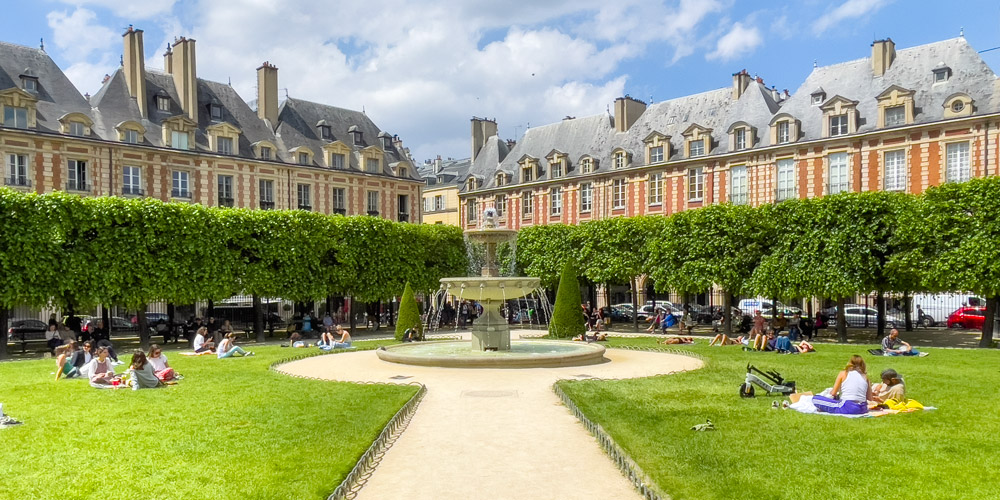 Place des Vosges in the Marais, 2024, photo by Mark Craft
Place des Vosges in the Marais, 2024, photo by Mark Craft
If you're looking for the blueprint for beautiful Paris plazas and squares, start here. Place des Vosges is the oldest planned square in the city, finished in 1612 for the wedding of Louis XIII. It's an actual square — four perfectly matched sides, surrounding a central park shaded by trees and punctuated by fountains.
Back when it was called Place Royale, it was the stage for aristocrats to parade around and be seen. These days, you're more likely to find book-readers, sandwich-eaters, and camera-toting tourists enjoying the space alongside locals. There are benched strategically places beneath the trees to provide shade on the hottest days. One of the surrounding elegant buildings houses the former home of Victor Hugo, now a museum devoted to his life and work.
From this Marais masterpiece, it's easy to launch a deeper walk through the neighborhood — Rue des Francs Bourgeois, Rue des Rosiers — but Place des Vosges might just convince you to stay put a while longer.
![]()
|
Browse our hand-picked Paris hotel deals with real-time discounts of up to 20%. Stay in the Marais, Saint Germain, the Latin Quarter, the Left Bank near the Eiffel Tower… every arrondissement is on the list. |
|
Browse our hand-picked Paris hotel deals with real-time discounts of up to 20%. Stay in the Marais, Saint Germain, the Latin Quarter, the Left Bank near the Eiffel Tower… every arrondissement is on the list. |
Place du Tertre – The Living Canvas of Paris
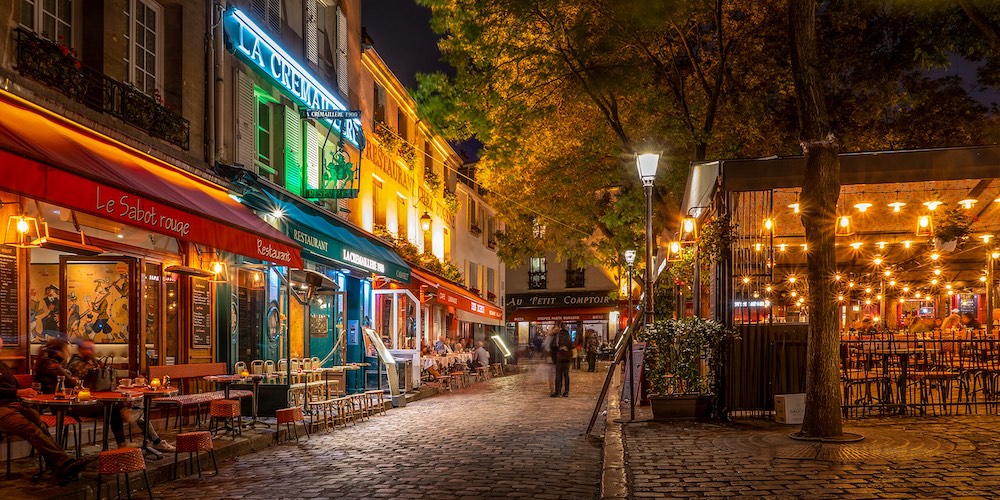 Restaurants and cafes line the Place de Tertre, photo Wikimedia by Pierre Blanché
Restaurants and cafes line the Place de Tertre, photo Wikimedia by Pierre Blanché
This might be the most recognizable of the famous squares in Paris. Place du Tertre is where the artists go — and have been going for over a century. Smack in the heart of Montmartre, it still acts as an open-air studio, where you can have your portrait sketched or your patience tested by a dozen painters vying for your attention.
Back in the early 20th century, this was the neighborhood of Picasso, Modigliani, and Utrillo. While they've all moved on to museums and history books, their spirit lingers here among the pastels and portraitists.
It's busy, yes. A bit theatrical? Also yes. But if you arrive early — or just embrace the chaos — Place du Tertre offers a unique kind of charm, even among the other Paris plazas and squares. Follow your sketch session with a coffee or crepe at one of the nearby cafes, and you'll feel like part of the scene.
![]()
|
Paris Dinner Cruises on the Seine Dine in style as you glide past the Eiffel Tower, Notre-Dame, and the Louvre on a magical Seine River cruise. Gourmet food, champagne, and Paris lit up at night – it’s unforgettable. |
|
Paris Dinner Cruises on the Seine Dine in style as you glide past the Eiffel Tower, Notre-Dame, and the Louvre on a magical Seine River cruise. Gourmet food, champagne, and Paris lit up at night – it’s unforgettable. |
Place Vendôme
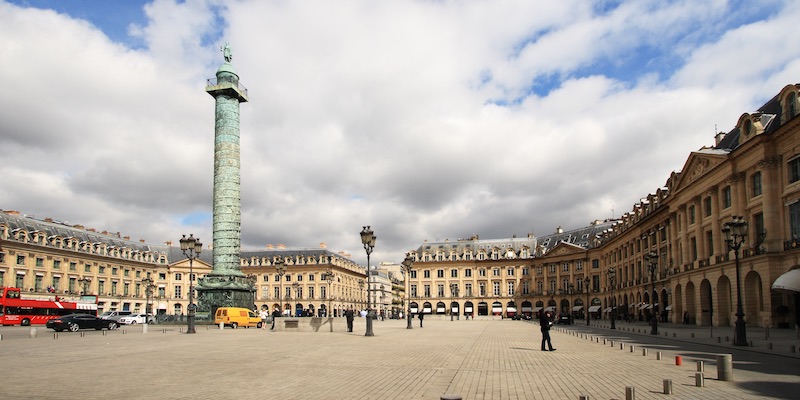 Place Vendome and the column featuring a statue of Napoleon
Place Vendome and the column featuring a statue of Napoleon
You know how it is — it's hard to get enough royal splendor. For Louis XIV (the Sun King, and all that), it seems that building the grandest royal estate ever wasn't quite sufficient, he needed a grand place in Paris to celebrate His Royal Self. Today it's home to the Ritz Hotel and high-end jewelers, but in 1686 Place Vendôme was built to honor the king and originally featured a flamboyant statue of himself in the center.
Of course, once the kings were gone (French Revolution, and all that), so was Louis' statue. Still later, Napoleon had a column erected in the place to commemorate his victory at Austerlitz. It was made from brass cannons he had captured at that battle, and was topped by a flamboyant statue of himself. (Sound familiar?) Over the centuries famous dress designers have had stores on Place Vendôme and celebrities have lived here, including Chopin, who died at Number 12 in 1849.
The Marais & the Latin Quarter
Discover the Marais
Place de la Concorde
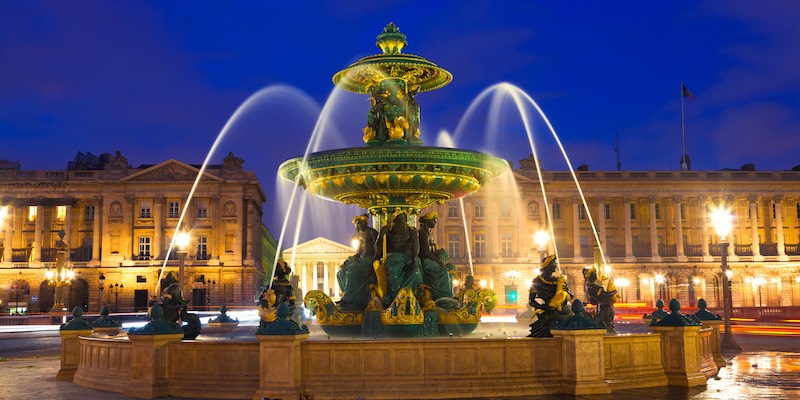 Just one of the magnificent fountains on Place de la Concorde
Just one of the magnificent fountains on Place de la Concorde
Not to be outdone by his great-grandfather (and immediate predecessor), Louis XV built an even grander place, which, at over 20 acres, is still today the largest public space in Paris, and filled with fountains and statues.
What was first called (of course) Place Louis XV we know today as Place de la Concorde, so named at the end of the French Revolution in a attempt to indicate that harmony was restored. Hard to imagine it, though, since this was where Louis XVI was guillotined in 1793 — along with Marie Antoinette, Madame du Barry, Robespierre, and 1,300 others.
Today it's a much safer place! It's difficult to visualize that, when it was built in around 1755, this was pretty much the western end of Paris, and there was countryside beyond it. Oh, yeah, the obelisk. Contrary to myth, this wasn't one of the spoils of Napoleon's Egyptian campaign. It was a gift from the Egyptian government in 1833 and has been on this site since 1836.
![]()
|
Skip the lines and join an expert-led tour through the Musée d'Orsay — home to Van Gogh, Degas, and Monet. It’s the ultimate walk through 19th-century art in a grand old train station. |
|
Skip the lines and join an expert-led tour through the Musée d'Orsay — home to Van Gogh, Degas, and Monet. It’s the ultimate walk through 19th-century art in a grand old train station. |
Place de la Trocadero
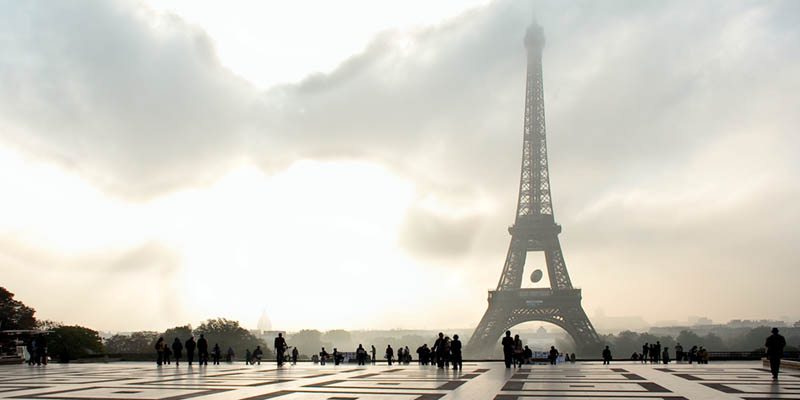 Place de la Trocadero & the Eiffel Tower on a foggy morning in October 2017, photo by Mark Craft
Place de la Trocadero & the Eiffel Tower on a foggy morning in October 2017, photo by Mark Craft
Trocadéro doesn't just give you one of the best Eiffel Tower views in the city — it does so with flair. Located directly across the river from the tower, it's where photographers go for that perfect shot. But it's also got its own story to tell.
The name comes from a French military victory in Spain in the 1820s, and the area was developed in the late 19th century for the Exposition Universelle. The original Palais du Trocadéro didn't last, but the current buildings and gardens, rebuilt in the 1930s, still frame the view magnificently.
The gardens slope down toward the Seine, with fountains that put on a show and steps that invite lingering. If you're heading to the tower, start here. It makes the approach feel cinematic.
![]()
|
Escape to the Land of Bubbly on a small-group day tour from Paris. Taste at top Champagne houses, meet boutique producers, enjoy a leisurely lunch, and toast to a perfectly sparkling day. |
|
Escape to the Land of Bubbly on a small-group day tour from Paris. Taste at top Champagne houses, meet boutique producers, enjoy a leisurely lunch, and toast to a perfectly sparkling day. |
The Gardens of Palais Royal: Les Places de Paris
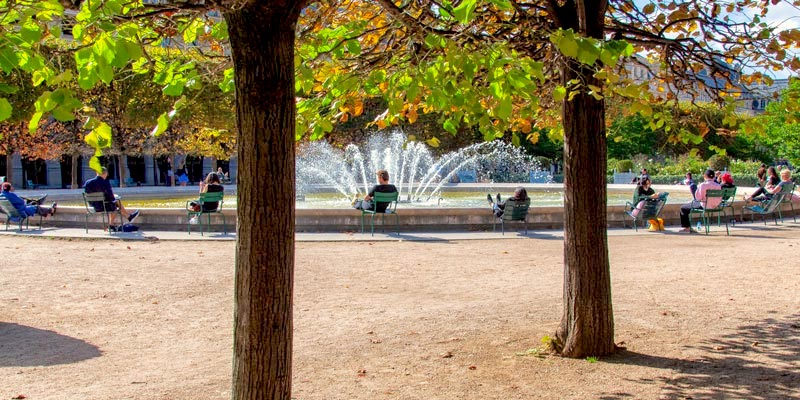 The central fountain in the gardens of Palais Royal, photo by Mark Craft
The central fountain in the gardens of Palais Royal, photo by Mark Craft
Technically not a place by name, the Palais Royal gardens still deserve a spot on any list of historic squares in Paris. Hidden away near the Louvre and hidden behind a wall of arcades, they're a peaceful counterpoint to the museum madness just across the street.
Originally built in the 17th century for Cardinal Richelieu, the Palais Royal later became home to royals, then revolutionaries, and eventually, fashion-forward Parisians looking for a place to promenade. The gardens themselves were redesigned in the 18th century and remain one of the best spots to sit, snack, or squint at contemporary art installations.
There's a famous fountain, perfect rows of plane trees, and a hush that feels almost suspicious. It's the kind of place that makes you believe in the magic of quiet Paris moments.
![]()
|
From Paris to Provence, Burgundy to Bordeaux, find hotel deals with current sale prices. Save up to 20% in cities, villages, beach towns, and storybook countryside escapes. |
|
Discover today's sale prices on hotel rooms in every village & city in France. Save up to 20%. Find hotels in Paris, Burgundy, Provence, the Loire Valley, Normandy, and everywhere else! |
Paris Plazas and Squares Shape the City
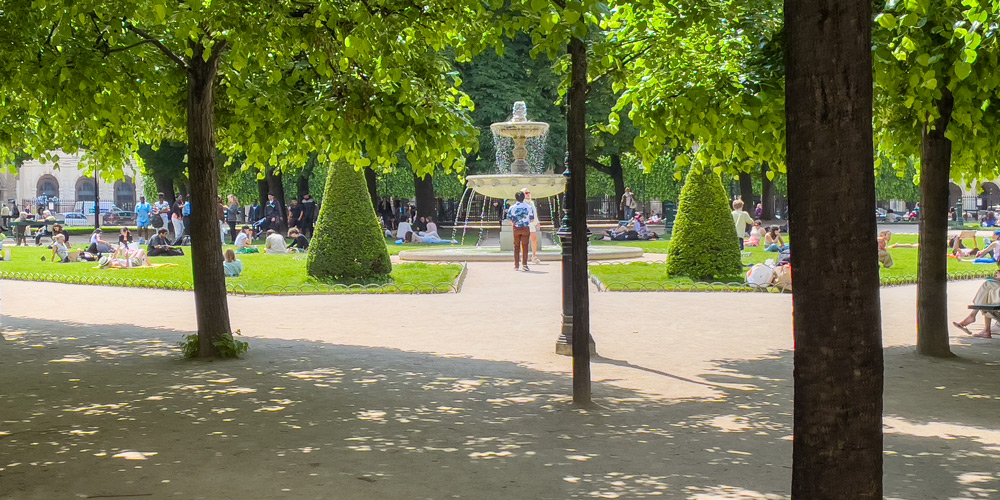 Enjoying the fountains and shade of Place des Vosges, 2024, photo by Mark Craft
Enjoying the fountains and shade of Place des Vosges, 2024, photo by Mark Craft
Paris plazas and squares aren't just background — they're the stage. They are where the city slows down just enough to catch its breath, where daily life unfolds in frames both grand and intimate.
These public spaces have hosted royal parades, revolutionary tribunals, pétanque tournaments, and countless jambon-beurre lunches. They've held the weight of emperors and the footsteps of children learning to ride a bike. They're where locals pause, tourists linger, and history quietly stays put.
More than landmarks, they shape the way the city feels. The open spaces pull the sky into view, break up the rhythm of stone and street, and remind you that even in the world's most densely packed beauty, there's always a patch of quiet waiting.
Paris Planning Guides
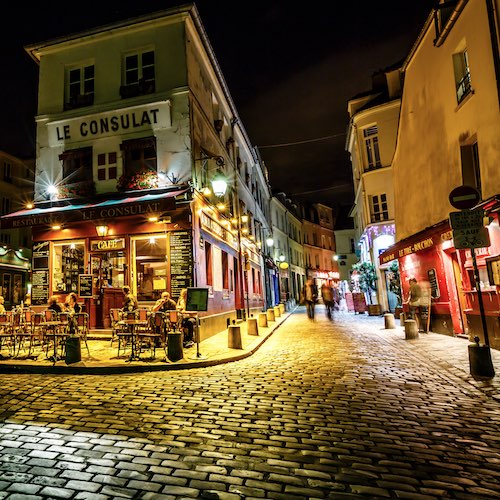 Montmartre Guide
Montmartre Guide |
 Latin Quarter Hotels
Latin Quarter Hotels |
 Visiting Versailles
Visiting Versailles |
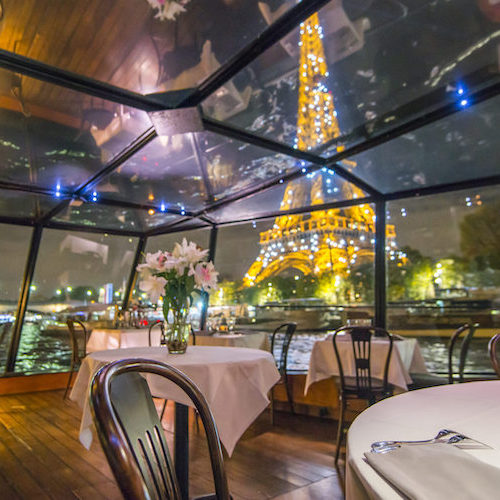 Glorious Dinner Cruises
Glorious Dinner Cruises |
